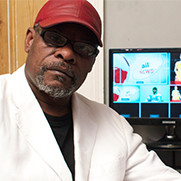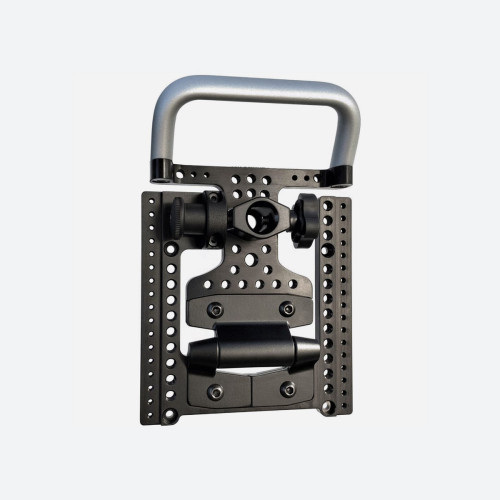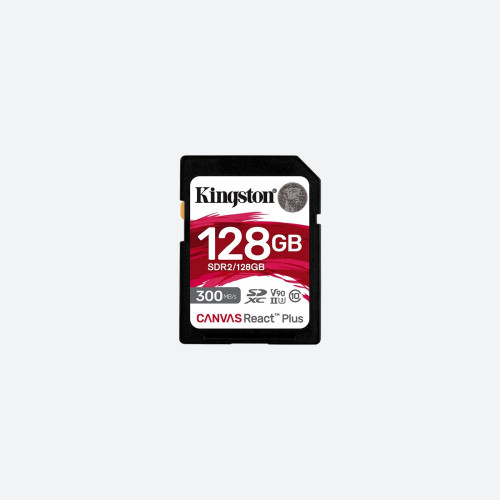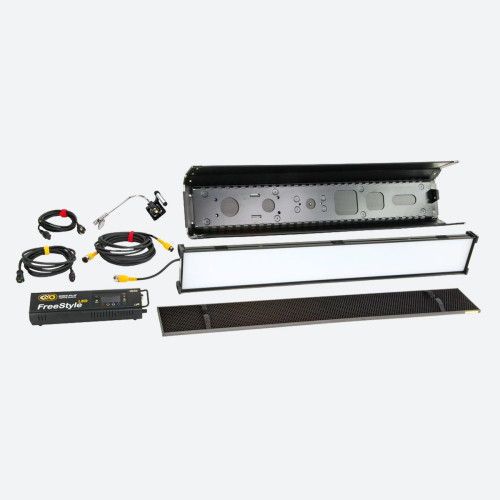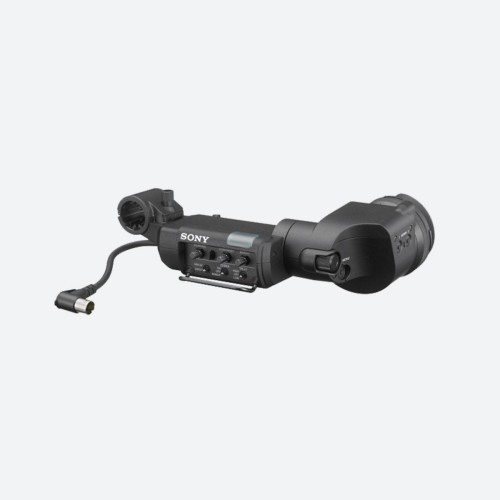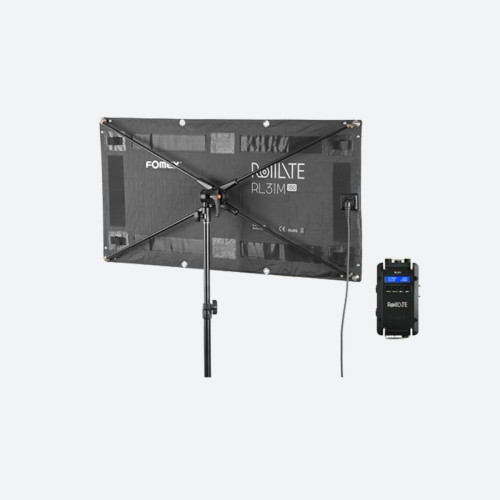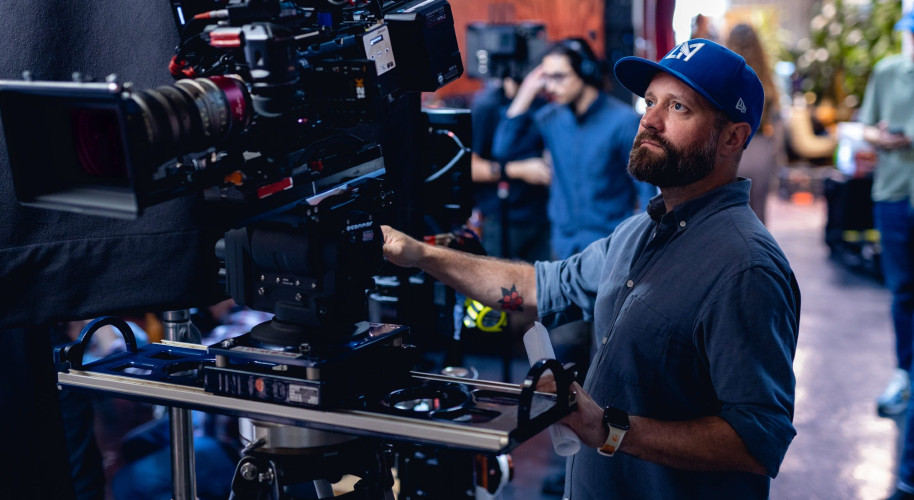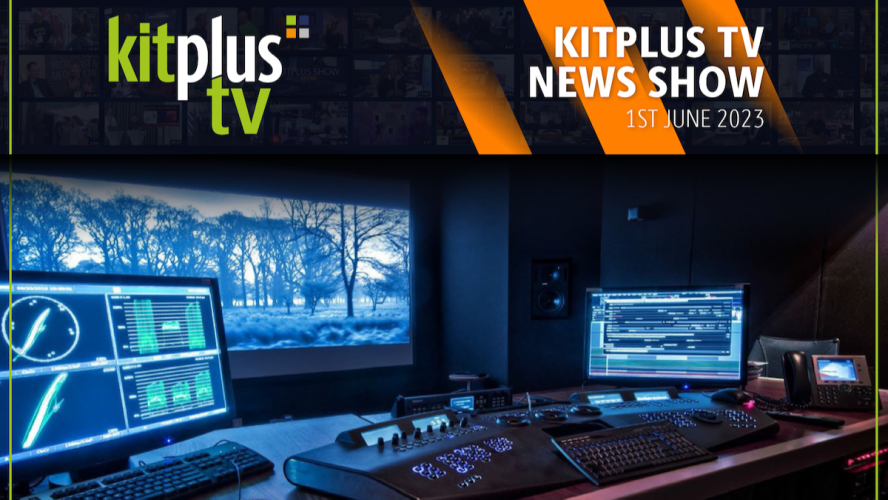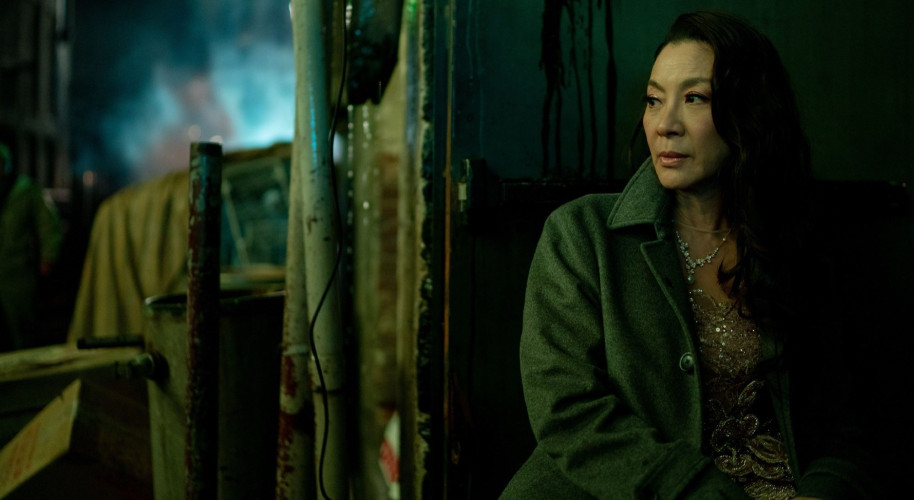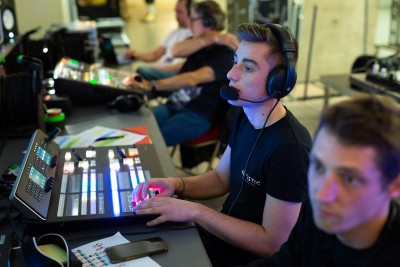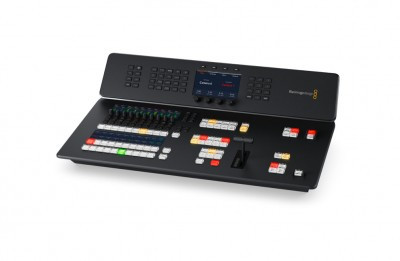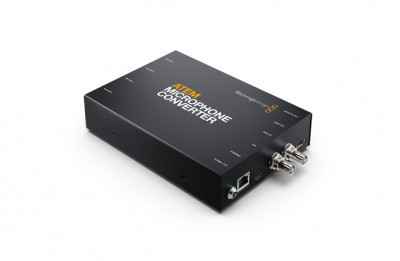by Joseph Adamson Issue 95 - November 2014
Africans in London TV (AILTV) was first featured in TV-BAY magazine issue 029 in 2009. The article was about AILTV when it started, including the reason why it was created, the content and future plans. The emphasis was on the gear that I was using at that time which was a Canon HV20, Sony VX1000, Sony PD100, Data video vision mixer SE500 [analogue], Yamaha ProMix 01 mixing desk, Rode NTG2. In this list is a very important missing item and that is a hardware live encoder. Five years ago live encoders were very expensive and some still are.The set up suggests that the out put was strictly SD [Standard Definition]. Content was encoded using Windows Media on a PC and delivered to GDBTV [GLOBAL DIGITAL BROADCAST], for internet distribution. GDBTV is an IPTV company based in Brighton.
AILTV had a contract with GDBTV in 2008 to distribute and stream the content worldwide. When the contract ended in in 2011,I had to continue making videos but the most important area I concentrated on was research, which included reading articles from magazines, forums on software and hardware encoders, and is still going on. I do my research in my small room which I call the RESEARCH BOX (measuring 8 x 6 where all the equipment is and where I record, edit and do all my work). While doing my research I had to ask myself several questions:
1. What do I want to get out of the kit?
2. Can I afford it?
3. How long will it take to set up?
4. Is it easy to use?
5. How long can the kit last before becoming obsolete?
6. Is the kit upgradable?
7. Can the kit handle multiple formats?
8. How easy will it be to transport?
9. Will it fit into my small space?
During my research not only did I read all information available on live and streaming production gear but I also attended conventions such as BVE, and the TV-BAY tour to see and talk to resellers and manufactures such as NewTek [Tricaster] Blackmagic Design [ATEM Switchers] and many others.
Fast forward to 2014, After doing extensive research I ended up buying Blackmagic ATEM Television Studio, ATEM 1 M/E Production Studio 4K, Blackmagic Hyper Deck Shuttle, Beheringer Utramatch Pro, Tera Dek VidiU. In addition to this kit, I still use my trusted Yamaha Pro 01 Mix sound mixer, Yamaha MSP3 monitor,speakers, Samsung 19 TV/Monitor, Data video TLM-700HD monitor. MacPro Quad-Core Intel Xeone 8GB of memory, Mac OS 10.8 Loaded with Blackmagic DeckLink SDI 4k,FCP7/X, Blackmagic Media Express, Blackmagic Control software for ATEM Switchers, and a MacBookPro with similar software.
Cameras: Panasonic HPX171, Panasonic GH2, Canon HV20. Canon FX305 x 2
Sound: Senheiser Radio microphones, Rode NTG2,Sony ECM-77B
Chroma Key: Reflec media Light Ring, Cromatte cloth.
Lighting: Red heads x3, 3 on camera LED lights
This set up does almost everything I want to do. It is capable of producing amazing results. But there are always challenges. Let me first talk about what I do with it.
Shoot, Edit, Stream
Not only can I shoot, edit and stream with the gear listed above, but I can also:
- Record and store the files in any format
- Encode files in real time for social media
- I can stream either 1080P or 720P
Blackmagic gear does exactly what it says in the manual - all of the above. I have a mixture of professional cameras and prosumer cameras, I use them both and they work perfectly with Blackmagic.
Here at my RESEARCH BOX the ATEM Television studio and the ATEM 1M/E Studio 4K are housed in a flight case - when a job comes up, all I have to do is to grab the flight case and go.
Now let us look at how I use the gear at the RESEARCH BOX
Depending on the programme being produced on the day, I can choose any of the ATEM boxes to use, but what I use most is the ATEM Television studio, which is capable of producing the same results as ATEM 1 M/E Production Studio 4K. I choose to use ATEM Television Studio because it is silent when turned on, which is perfect for my small room. ATEM 1 M/E Production Studio 4K is more advanced and has more features, but I cannot use it in my room because it is noisy. When filming on location or in a bigger space I use both units.
When recording a talking head I use one camera, sometimes two cameras to alternate angles or for display shorts. When recording two people, for example a business talk show, I use three cameras: Panasonic HPX171, Panasonic GH2 and a Canon HV20. The first is SDI and last two are HDMI. For sound I use a Yamaha 01Pro Mix. Graphics can be either loaded directly into a media pool in Blackmagic Design software or can be accessed from another programme. The Graphics include lower thirds, bugs, and channel idents. Video inserts, like stings and fillers, can be played from a Hyper shuttle deck and/or a MacPro with a DeckLink SDI 4K card can be used. Photoshop and After effects can also be used for creating graphics. Some programmes are recorded using Chroma Key, and for this type of programme I can either use Reflec media Light Ring [Blue/Green] with Chromatte cloth or a conventional green/blue chroma key cloth.
When recording a programme MacbookPro controls the ATEM Television studio via ATEM Software Control while the streaming is taken care of with Tera Dek VidiU. This set up works both ways - in the Studio at the RESEARCH BOX or on location. Heres an example of a live streaming gig I did in July for Charlton Housing Association [http://youtu.be/IYv6Mxce3kE]
Storage
Until now I have not mentioned storage which is an integral part of the set up. At present I have several assorted hard drives, Lacie Fire Wire 800/400s, G drives, and plenty of USB3/2 which are in need of replacing. The reason for replacing these drives is that I have moved on from producing HDV to proper HD video mainly ProRes 422HQ. Most readers are familiar with this CODEC which requires massive storage. I am looking at G-Tech Raid with Thunder Bolt, with at least 8TB.
Lighting is a bit of a challenge especially in the summer. It really gets hot when using lights such as red heads (and sets off all our fire alarms!). Fortunately I have similar lights with a dimmer switch to regulate the amount of light and heat, made by a Chinese company. As you can see, The RESEARCH BOX is very small, but I came up with an idea of rigging up the cameras without the use of tripods - see pictures.
Streaming
AILTVs ultimate goal is to create a proper online TV channel, not just video clips on the internet. To achieve this a play out system is needed and this is our main challenge. My colleague Joseph Enugbu and I have been experimenting with Blackmagic Media Express. This software can play clips in any order; what is missing are simple commands or instructions which tell the computer to play a piece of video at any specific time and the ability to ingest, capture video or to change the order of the schedule while playing out. My wish is that those clever guys from Blackmagic Design should consider implementing these features in Media Express software. AILTV will be streaming live from December. Joseph and I are preparing a two hour live streaming schedule, starting with weekends. In the mean time please visit www.ailtv.com and have a look .
There are many challenges ahead but I am determined to continue busting them.



